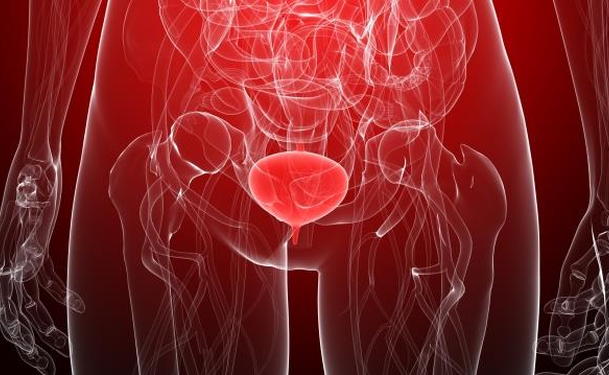Interstitial cystitis (IC) is a chronic inflammation of the bladder wall, occasionally accompanied by small spots of bleeding (glomerulations) or areas of broken skin (Hunner’s ulcers). This condition affects the urinary system and can cause pain or discomfort in the bladder and pelvic area, as well as the need to urinate urgently or frequently.
One of the most common urological issues, IC is nine times more common in women than in men, affecting 700,000 women in the U.S. The condition occurs most often in people between 30 and 70 years old, but it can also affect children, young adults, and the elderly.
Causes of Interstitial Cystitis
The exact cause of interstitial cystitis is unknown, although some research suggests that it could be an autoimmune reaction (which occurs when a person's immune system begins attacking his or her own body). In some women, the condition occurs along with other conditions, such as irritable bowel syndrome or fibromyalgia.
Although IC symptoms are similar to those of a urinary tract infection (UTI), there is no identifiable infectious agent. Antibiotics will not relieve symptoms, nor will drinking more fluids like water and cranberry juice. If a UTI occurs in conjunction with intersticial cystitis, it will intensify IC-related symptoms.
Symptoms of Interstitial Cystitis
IC symptoms are anything but consistent: They can flare up and then stop, only to recur again months later. Major symptoms include:
- Discomfort or pain in the bladder or pelvic area, ranging from mild to severe -- pain intensity can vary as the bladder fills and empties.
- Urgent or excessive urination (up to 40 to 60 times per day); people may also need to urinate frequently during the night (nocturia).
- Depression due to the pain and difficulty sleeping
- Pain during intercourse
In women, these symptoms can get more intense during the week prior to menstruation.
Diagnosis of Interstitial Cystitis
The symptoms of interstitial cystitis are similar to those of other bladder problems, making it difficult to diagnose. In fact, it can take more than four years before a patient is accurately diagnosed.
Typically, the first tests are those that rule out other possible conditions, such as UTIs, sexually transmitted diseases (e.g. Chlamydia), bladder cancer, chronic inflammation of the prostate gland (prostatitis) in men, and chronic pelvic pain syndrome.
Tests used to rule out the conditions above and diagnose interstitial cystitis include:
- Urine tests that look for signs of an infection
- Cystoscopy, in which a hollow tube is inserted through the urethra into the bladder to look for signs of bladder cancer, or the ulcers and bleeding that can occur with interstitial cystitis
- Testing bladder capacity by filling it with gas or liquid (distention) until there is an urge to urinate. This exam can be performed in conjunction with cystoscopy. This is typically done under general anesthesia.
- Biopsy of the bladder wall or urethra to rule out bladder cancer
Treatments for Interstitial Cystitis
There is no cure for interstitial cystitis. There are, however, several interstitial cystitis treatments available to reduce the symptoms of this lifelong condition.
References
Interstitial Cystitis/Painful Bladder Syndrome. (2013). National Kidney and Urologic Diseases Information Clearinghouse (NKUDIC). NIH Publication No. 11–3220
Interstitial Cystitis. (2012). A.D.A.M. Medical Encyclopedia
Hanno PM. (2011). Bladder Pain Syndrome (Interstitial Cystitis) and Related Disorders. Campbell-Walsh Urology, 10th. ed.
Metts JF. (2001). Interstitial Cystitis: Urgency and Frequency Syndrome. American Family Physician. 64(7):1199-1207.


